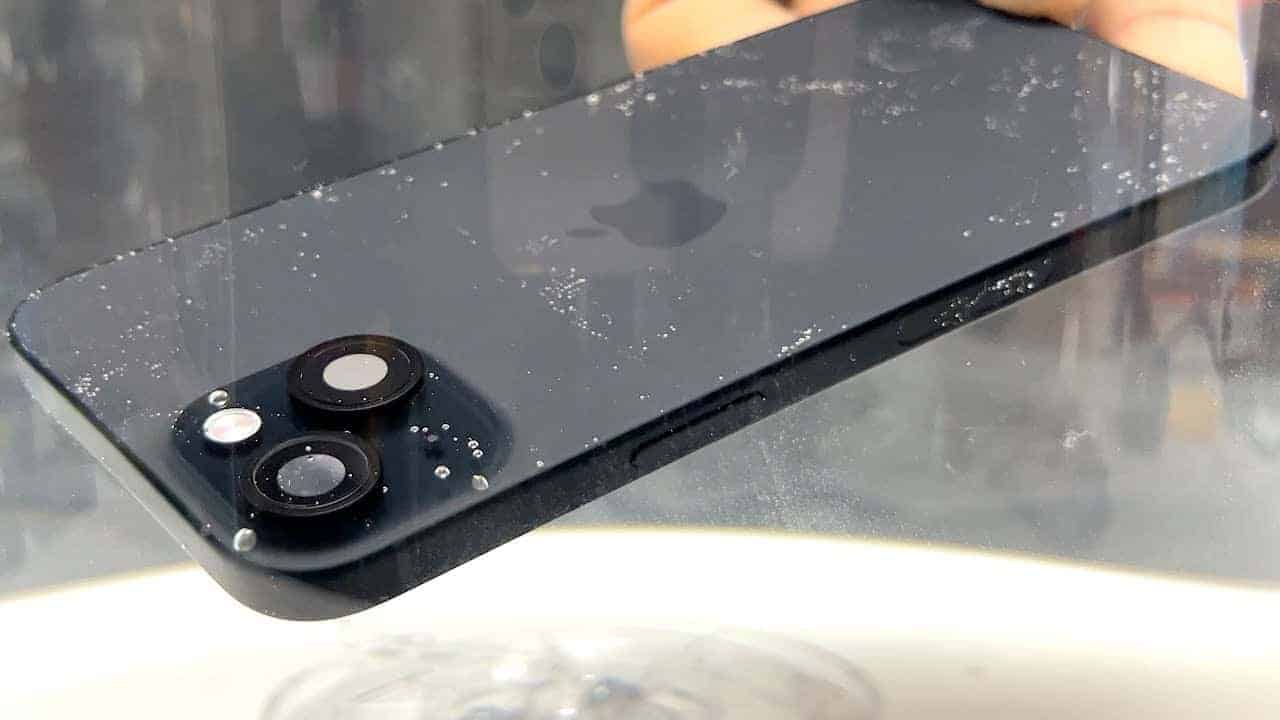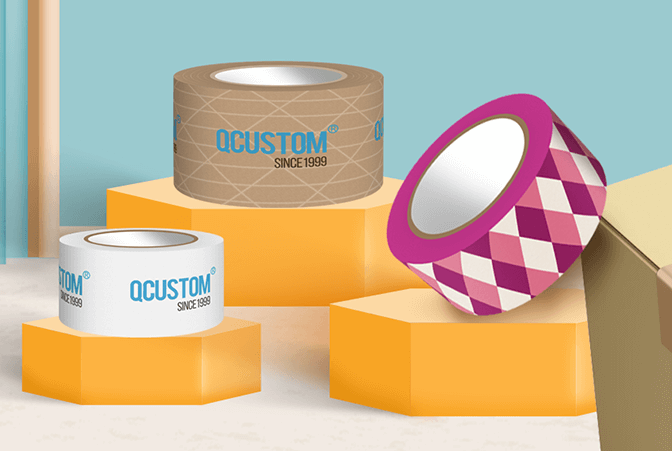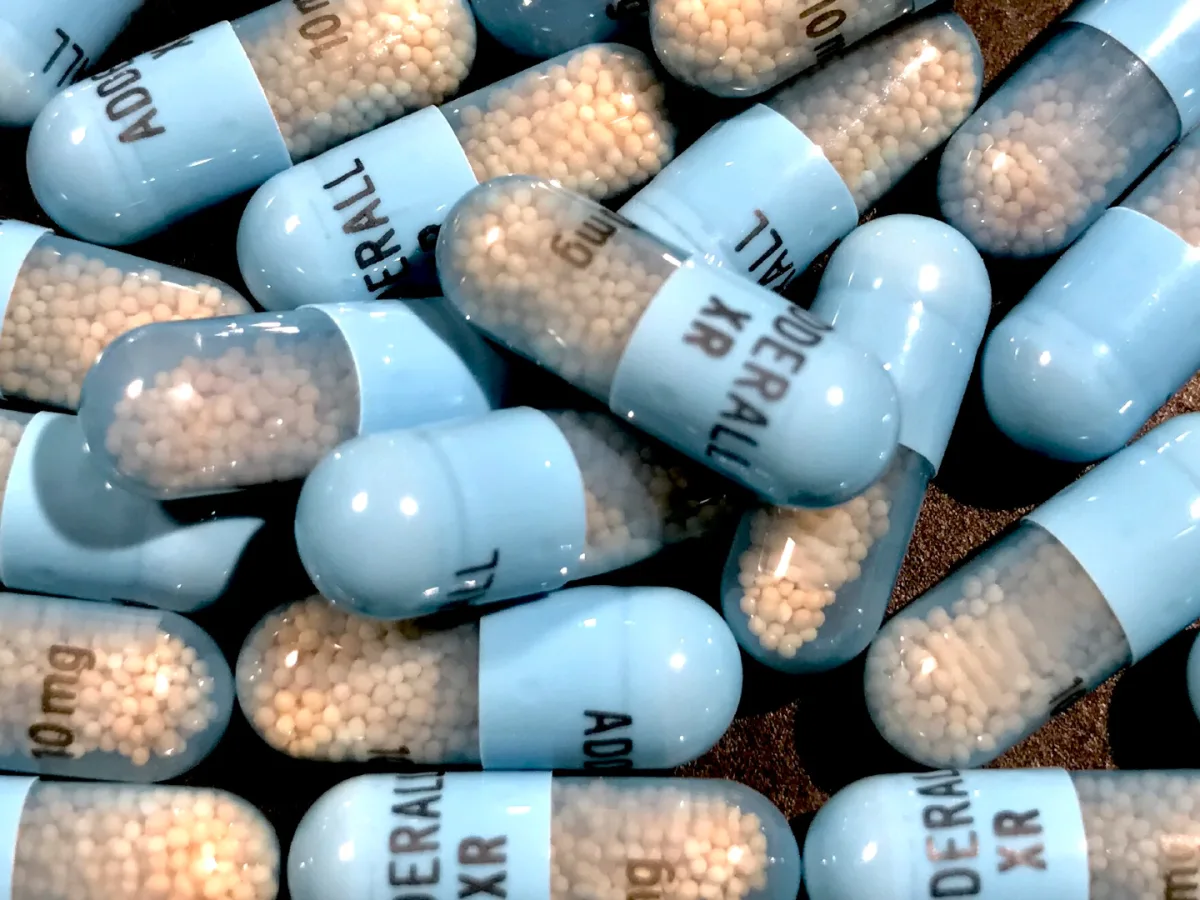Apple’s Warranty and Water Damage policies are topics that every Apple user should understand before purchasing a device. Apple’s products including iPhones, iPads and Apple Watches are famous for their sleek designs and advanced features. However accidents like spills or drops can still happen leading users to wonder what their warranty covers. Apple provides a one-year limited warranty which covers defects in materials or workmanship but excludes accidental damage including water exposure.
This article explores the details of Apple’s warranty AppleCare+ coverage and how water damage impacts repair options. We’ll also look at tips to prevent liquid damage and how Apple evaluates such cases. Whether you’re a new Apple user or someone looking to protect their investment this guide is for you.
Understanding Apple’s Warranty Policies
Apple’s limited warranty protects users from manufacturing defects in their devices for one year. If your device stops working due to a factory fault Apple will repair or replace it for free during this period. However the warranty doesn’t cover accidental damage like dropping your phone or spilling water on it. Many users mistakenly believe that water resistance equals warranty coverage but this is not the case.
The warranty terms clearly state that water damage is not covered even if your device is labeled as water-resistant. For instance iPhones are designed to withstand splashes or brief exposure to water but extended contact or submersion can still cause damage. Apple’s careful inspection process ensures they can determine if water damage caused the problem leaving users to bear repair costs in such cases.
What AppleCare+ Covers and Excludes
AppleCare+ is Apple’s extended warranty plan that offers additional protection compared to the standard one-year warranty. It covers accidental damage including drops and spills for a small service fee. For example if your iPhone screen cracks or your Apple Watch is accidentally damaged by water AppleCare+ can save you from paying the full repair cost.
However AppleCare+ has limits. It doesn’t cover intentional damage, cosmetic wear and tear or damage caused by misuse. In cases of water damage AppleCare+ might provide reduced repair costs but it won’t always guarantee a replacement. Users should check the exact terms of AppleCare+ for their region and device to understand what’s included and what’s excluded.
Water Resistance vs. Waterproof: Key Differences
One common misconception among users is that water-resistant devices are completely waterproof. Apple’s devices such as the iPhone and Apple Watch are advertised as water-resistant which means they can handle light splashes or accidental spills. For example an iPhone might survive being splashed during rain or briefly dropped in a shallow pool.
However water-resistant does not mean waterproof. Prolonged exposure to water or submersion in deeper water can still cause damage. Apple warns users against activities like swimming or showering with their devices as this can breach the water-resistance seals. Understanding this distinction is important for avoiding accidental water damage that could void your warranty.
How Apple Detects Water Damage in Devices
Apple uses advanced tools to detect water damage in its devices. One key feature is the Liquid Contact Indicator (LCI) which changes color when exposed to water. These indicators are placed in specific locations within the device and are designed to reveal whether water entered the internal components.
When you bring a device to Apple for repair technicians check these indicators to determine if liquid exposure caused the problem. If the LCIs are triggered Apple’s warranty will not cover the repair even if the device is under the one-year limited warranty. This system helps Apple ensure that accidental water damage is not mistaken for manufacturing defects.
Liquid Contact Indicators (LCIs): What They Mean for Your Warranty
LCIs are small stickers inside Apple devices that react to liquid exposure. Normally these indicators are white but they turn red when they come into contact with water. This is how Apple confirms whether a device has suffered water damage.
If the LCI turns red Apple’s warranty no longer applies and the repair costs must be covered by the user. Even AppleCare+ may not fully cover the damage if it is deemed excessive. Knowing about LCIs can help users understand why their warranty claim might be denied after liquid damage.
Steps to Take if Your Device Suffers Water Damage
If your Apple device gets wet it’s important to act quickly to minimize the damage. First turn off the device immediately to prevent short circuits. Do not try to charge it or turn it back on until you’re sure it’s completely dry. Use a soft dry cloth to wipe the surface and remove as much moisture as possible.
Next place the device in a dry cool place and allow it to air dry for at least 24 hours. You can also use silica gel packets to absorb moisture. Avoid using a hair dryer or direct heat as this could damage the internal components further. If the device doesn’t work after drying, take it to an Apple Store for an evaluation.
Real-Life Cases of Water Damage Claims with Apple
Many Apple users have shared stories about their experiences with water damage and warranty claims. For instance some users reported that their iPhones stopped working after being accidentally dropped in water even though the devices were advertised as water-resistant. When they approached Apple for repairs they were told the damage wasn’t covered under the warranty.
Other users with AppleCare+ reported mixed outcomes. While some were able to get their devices repaired for a small fee others faced higher repair costs because the damage was too severe. These real-life cases highlight the importance of understanding Apple’s warranty and water damage policies before filing a claim.
Tips to Prevent Water Damage and Prolong Device Life
Prevention is the best way to avoid water damage and extend the life of your Apple device. Always use a protective case that offers water resistance especially if you use your device near water. Avoid taking your device into the shower swimming pool or beach as saltwater can cause even more damage.
Another tip is to handle your device carefully around liquids. Keep it away from drinks sinks or any area where it could accidentally fall into water. Investing in a waterproof pouch or case for travel or outdoor activities is also a smart choice. Taking these precautions can save you from expensive repairs and keep your device working smoothly.
Conclusion
Apple’s Warranty and Water Damage policies are clear but strict leaving users to take extra care of their devices. While Apple’s devices offer impressive water resistance they are not immune to liquid damage. Understanding the limits of the standard warranty and the benefits of AppleCare+ can help users make informed decisions about repairs and coverage.
By following preventative measures and using protective accessories users can reduce the risk of water damage and ensure their Apple devices last longer. Whether it’s through better handling or investing in extended warranty plans, taking steps to protect your device can save you money and hassle in the long run.





Leave a Reply